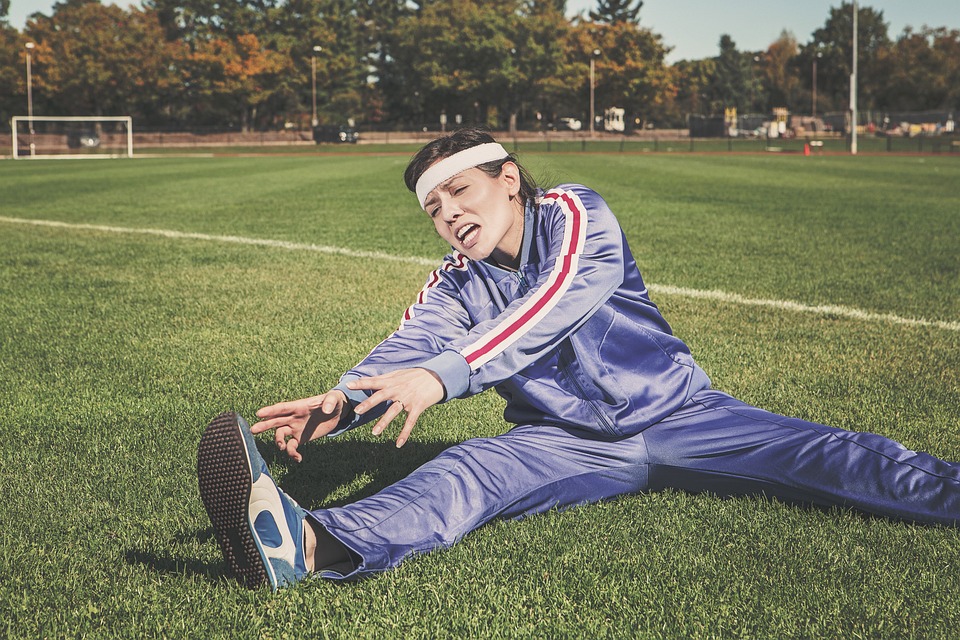Health Benefits Of Static Stretching
You probably have heard of static stretching before, but are not quite sure what it is. There was a time when almost everyone stretched before they worked out. Clients tipped from side to side, straddled, and stretched their way to some pretty uncomfortable positions. As a personal trainer in Fort Collins, Colorado, with years of experience in the fitness industry, I’ve spent more than my fair share of time desperately trying to touch my own toes (or help clients touch theirs).

First, let’s begin with the word “stretch.” Whether you know it or not, there are really two kinds of stretches—static and dynamic stretching—big words for still and moving stretches.
How to Do Static Stretching
If you see someone sitting down with their legs extended, bent forward, as their chest comes to rest on their thighs—you’re witnessing a static stretch. Ideally, the person holds this stretch for several seconds (sometimes more) before releasing. In general, static stretching is done prior to a big aerobic workout or weight-lifting session.
Benefits of Static Stretching
But what about the benefits of these static stretches? Since you are using muscles, your muscles can begin to warm up by focusing, moving slowly, and holding positions. This actually refers to the increased blood flow in the muscles you are stretching. And more blood flow through muscles means more oxygen to those muscles, more oxygen means less lactic acid build-up and less lactic acid equals less post-workout soreness and stiffness. Hence, you are getting a great benefit from the static stretch.
Range of Motion
Of course, you will also be increasing your range of motion and getting more flexibility. Research shows that static stretching actually results in less electrical activity within muscles. Fewer electrical impulses firing means a more relaxed muscle overall. Of course, relaxed muscles can stretch more than muscles that are tense and you’ll feel less resistance to every stretch.
Sore Muscles
If you get sore muscles easily, go with the static stretch. Research indicates that stretching most likely results in fewer sore muscles. Additionally, if you have already got a poor muscle that is hurting, static stretching can ease its distress.
You can also perform stretching anywhere; in a hotel room, in the copy room, in your bed, or of course at any start line for an impending race. Stretching feels good and it can go wherever you do.
Conclusion
It’s a pretty cut-and-dried case in support of static stretching. If your muscles are cold or sore, stretching increases the blood flow and “warms up” the area. If you’re on vacation, you can stretch there too. And if you’ve got a problem with stress, static muscles can bring relief. Take a few moments to bring stretching into your fitness routine.
